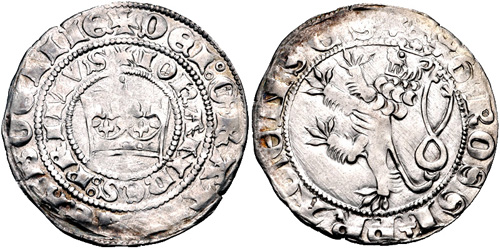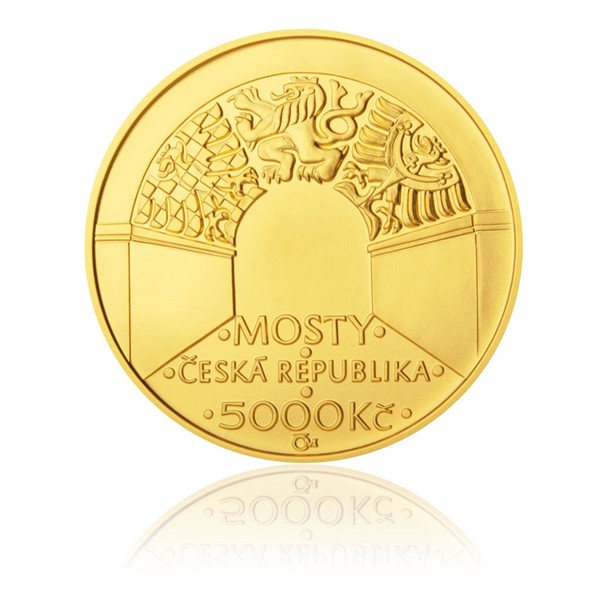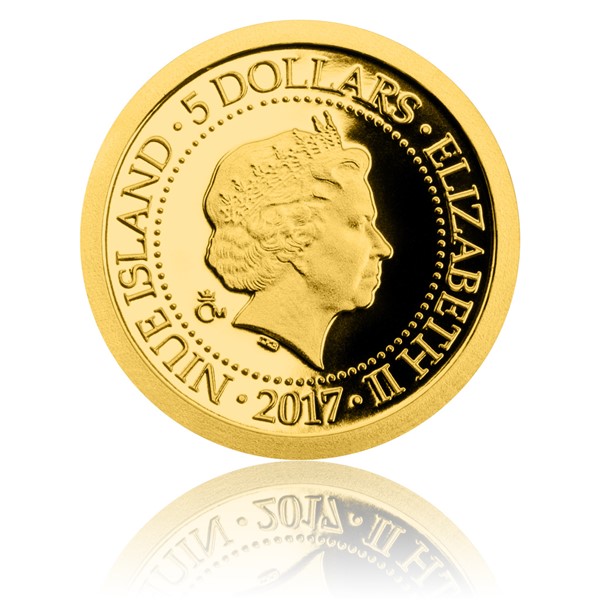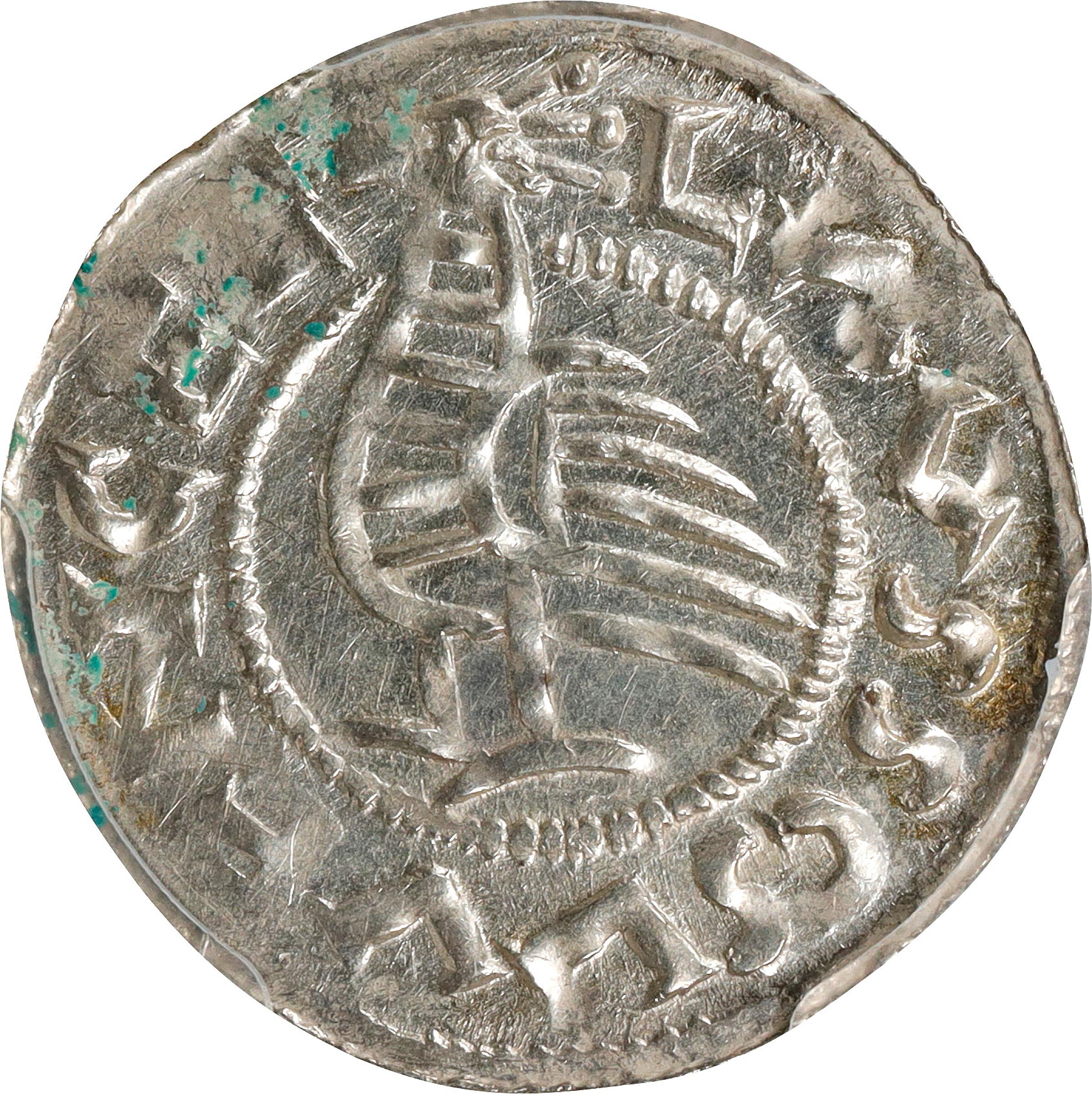Handy Suggestions To Plaster Prague Mint Coins
Handy Suggestions To Plaster Prague Mint Coins
Blog Article
What Is The Reason And How Can A Model Made Of Plaster Transformed To Create A Digital 3d Representation For Gold Medals Or Coin?
This involves scanning a plaster maquette to create a 3D digital model of gold medals or coins. The equipment used is specially designed to capture the details and dimensions of the model in digital format. The digital replica serves a variety of reasons during the manufacturing process.
3D Scanning Technique- High resolution 3D scanners are used to record dimensions and specifics on models of plaster. They can also capture geometry and measurements through laser scanning or structured light, as well as other methods.
Capturing Surface Data- The scanner releases laser or light beams on the surface of a model. The scanner tracks the distortions and reflections the beams create, thereby capturing surface information.
Data Collection - As it travels across the models in plaster, the scanner gathers an enormous amount of data points. These data points are later used to create an image of the model, including its contours, geometry, details, etc.
Conversion to 3D Model. The collected data is processed by specialized software which reconstructs it into an electronic 3D model. This model reflects the physical dimensions and features of the plaster maquette.
The reasons to create a Digital 3D Model
Digital 3D Models allow accurate reproduction of the physical model's details and dimensions. This accuracy is crucial in ensuring that the final gold coins or medals are in line with the appearance.
Digital models are easily modified and refined. Designers can alter the 3D models without altering their original plaster maquette.
Compatibleness of Digital 3D Models with Manufacturing Processes. Digital 3D model are compatible with various manufacturing processes, including CNC manufacturing.
Digital 3D models can be stored and used as documentation. They can be digitally stored for future references, reproductions, or historical documentation purposes.
By scanning the model and then creating digital 3D models designers and manufacturers can streamline the production process to ensure accuracy when replicating, and leverage advanced manufacturing techniques to create gold coins and medals with precision and fidelity to the original design. Have a look at the top Scanning and 3D Modeling Czechoslovakia gold coins website examples. including spanish gold coins, american gold eagle, gold eagle coin, gold quarter 2000, 24k gold coin, gold one dollar coin, ebay gold coins, gold panda coin, american gold eagle 1 oz, sell gold and silver near me and more. 
Why Are Dies For Gold Coins Or Medals Vacuum Hardened?
Vacuum hardening is a procedure that involves exposing dies extreme temperatures and a controlled environment in furnaces. Here is a brief overview of the process for forming a vacuum.
It is crucial that the dies used to strike coins and medals are clean, free of contamination and residues.
Moving into Vacuum Furnace
The dies are inserted into a vacuum furnace, which is a special heat-treating chamber that can create the conditions of a vacuum.
Evacuation of Air
The vacuum oven eliminates any air in the chamber and creates a safe environment without oxygen and other gases. This helps to prevent burning while ensuring an even heating.
Heating Phase
The furnace is heated to the temperature required for the hardening of dies. The temperature range will be determined by the type of material and the method of hardening.
Soaking at high temperatures-
The dies are held at an elevated temperature for a precise duration that allows the material to reach and retain the desired hardness as well as metallurgical structure.
Quenching or Cooling
After the soaking process, dies must be quickly cooled by specialized methods. This rapid cooling procedure assists in locking the desired hardness into the material.
Tempering (Optional).
In certain instances the tempering process occurs after the hardening stage. Tempering involves heating the dies up until they reach a temperature that is lower to ease stress and maintain the toughness.
Quality Control and Inspection
The molds that are hardened are examined and tested to make sure that the dies are in compliance with the requirements.
Post-Treatment Handling-
After the process of vacuum hardening dies can be polished or coated prior to the time they are used in the coin or metal striking process.
The process of vacuum hardening increases the durability, wear resistance and longevity of dies used for striking gold coins or medals. Through the creation of a controlled atmosphere free of atmospheric pollutants This process guarantees constant and reliable hardening the dies, contributing to the quality and longevity of the minted products. Read the top vacuum hardening Czechoslovakia gold medals site advice including 1oz gold eagle coin, 50 dollar gold piece, gold sovereign coins, 1972 gold dollar, gold dollar coin 2000, gold coins for sell, 50 dollar gold coin, 1933 double eagle, gold piece price, twenty dollar coin and more.
What Are The Different Ways That Gold Coins Or Medals Are Coated In Order To Guard Them?
Coating gold medals or coins is used to serve a variety of purposes. It can be used to protect as well as improving the appearance, or creating a certain aesthetic effect. These are the various kinds of coatings available.
Clear Protective Coatings (Varies). A clear protective coat like lacquer, a specialized plastic, can be applied to protect the surface against oxidation, scratches, or tarnishing. The coating preserves the coin's or medal's original appearance and protects the underlying metal.
Enhancement of Appearance
Gold plating or Gilding A thin layer of gold can be applied to gold-plated coins or medals. This adds a luxurious appearance to the piece or medal.
Aesthetic Effects
Patina or antique finishes are produced using chemical treatments or specialized coats. This creates an appearance of aged and oxidized.
Coloration or coloring- Specific areas of a medal or coin can be colored using specialized enamels or coatings in order to emphasize the design elements, add contrast or add visual attraction.
Anti-Tarnish Coatings-
Anti-Tarnish Solutions and Coatings - To coins or medals with intricate designs or areas that are prone to tarnishing anti-tarnish coats or solutions may be applied. The coatings prevent the metal surface from oxidizing or discoloring over time.
Specialized Coatings for Security or authentication
UV-Reactive Coatings. Certain coins or medals can have special coatings, which react with UV light and reveal hidden or encrypted elements. They are utilized for security and authentication purposes.
Selective Coatings that have Contrast
Selective Coating Removal - Some coins and medals have coatings removed in specific areas to create a contrast between the polished and coated surface, which highlights design elements.
Each coating procedure is created to achieve a particular objective. This could be to add aesthetic or security benefits or to protect the metal. These coatings affect the visual appeal, durability and value of gold coins and other types of medals. Have a look at the recommended coating Czechoslovakia gold medals more info. including 1oz of gold, buy gold silver, bullion price of silver, gold dollar coin 2000, buying silver bars, buy gold coins, gold bullion price, 1999 gold quarter, 1979 gold dollar, sell gold and silver near me and more.
How Are Gold Blanks Supplied And Stamped With High Pressure In Coin Presses During Minting?
During minting, gold coins and medals are made by pressing them under pressure. This article provides a brief description of the steps in loading blanks.
A feeder system is attached to the coin press. The system loads gold blanks that have been prepared and checked for quality. This feeder ensures that the blanks are continuously supplied to the press.
Feeding Blanks to the Press
This feeder system guarantees that each blank is positioned precisely in the stamping chamber. This guarantees the exact positioning of each blank before stamping.
Alignment, Positioning and Positioning
The blanks will be aligned within the press and then placed in the striking area making sure that they are in the right place and aligned to allow for the stamping.
Striking in High Pressure
The coin press has two dies: one stationary and one that is moving. The stationary die makes a negative impression on the design of the coin, while the moving one is the hammer that strikes the blank.
The die that is moving strikes the blank with significant force, transferring the design to the surface of the blank. Die pressure results in raised relief and detail on the coin.
Striking repeatedly is optional.
To create an image or design that is more sharp and clearer, multiple strikes can be applied to premium coins or editions of collectibles. Each strike helps to refine the surface characteristics of the coin or medal.
Ejection and collection
After they are struck after which the medals and coins are ejected into trays. Quality control is carried out to ensure that the designs conform to the specifications.
Post-Processing-
In accordance with the design or mint specifications Coins and medals may undergo additional treatments such as edge lettering or reeding as well as post-strike treatment.
The process of stamping under extreme pressure is vital as it transfers the desired design onto the gold blanks and transforms the blanks into finished pieces of gold ready for circulation, collection, or even commemoration. The stamping process requires preciseness as slight the variations in alignment and pressure can impact the final product's quality. Take a look at the most popular minting Czechoslovakia gold coins website tips. including ngc grading, 20 dollar coin, 2000 sacagawea, british sovereign gold coin, purchasing silver bars, gold angel coin, chinese gold coins, angel coin, apmex gold coins, apmex gold coins and more.
